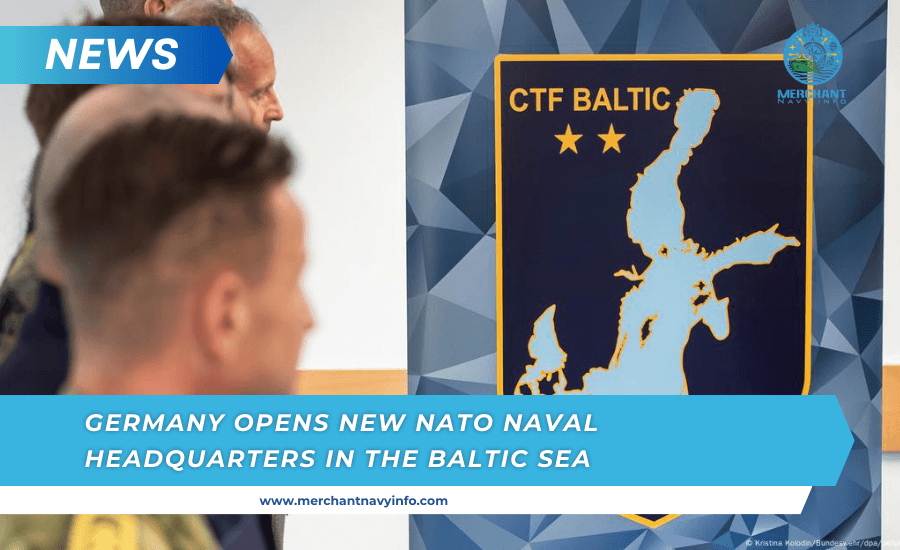
Germany opens new NATO naval headquarters in the Baltic Sea
The command task force, headquartered in the Baltic port city of Rostock, is designed to strengthen NATO’s defensive readiness in the region.
The establishment of the facility highlights the importance of the Baltic Sea to NATO as relations with Russia deteriorated after the Ukrainian invasion. Photo: Marc Stinger/IMAGO
Germany opened a new multinational naval tactical headquarters in the Baltic Sea in the northern port city of Rostock on Monday.
The Baltic Task Force’s (CTF) headquarters will coordinate the maritime activities of all NATO allies in the Baltic Sea.
“Germany remains steadfast in its commitment,” Pistorius said.
Defense Minister Boris Pistorius said the German-led anti-Baltic force would be “ready to command naval operations in times of peace, crisis and war.”
“Our message to our partners and those who threaten our peace is simple: Germany stands firm in its commitments,” Pistorius said in a speech in Rostock.
“We are committed to ensuring the security of the Baltic region, the strength of NATO and defending our common values,” Pistorius added.
The German Defense Ministry said the command staff of the Rostock Naval Command already works with several countries but will carry out more missions for NATO in the future.
The center will be led by a German admiral comprising 11 other NATO countries.
Regional importance of the tactical command
With the Russian Baltic Fleet based near Kaliningrad and relations with Russia deteriorating after the war in Ukraine, the creation of the facility confirms the Baltic Sea’s importance to NATO.
Kaliningrad is the Russian region of the Baltic Sea, isolated from the rest of mainland Russia and located between Poland and Lithuania.
After the end of the Cold War, protecting the high seas routes through the Baltic Sea became increasingly important as the alliance expanded eastwards.
The fall of the Iron Curtain led to the admission of Poland, a former Warsaw Pact country, and Lithuania, Latvia, and Estonia, former Soviet states, to NATO.
More recently, Finland and Sweden have also joined NATO following Russia’s invasion of Ukraine.
The strategic importance of the Baltic region to NATO has changed since the end of the Cold War.
Previously, the alliance’s main role was to close the western entrance to the Baltic Sea and prevent the Soviet Baltic Fleet from reaching the North Sea. The goal was to prevent Russian warships from attacking U.S. supply convoys that were vital to Europe’s defense.
Since the Baltic states joined, NATO has had to ensure that sea routes remain open in case the narrow land corridor connecting them to Poland is closed in any conflict with Russia.









